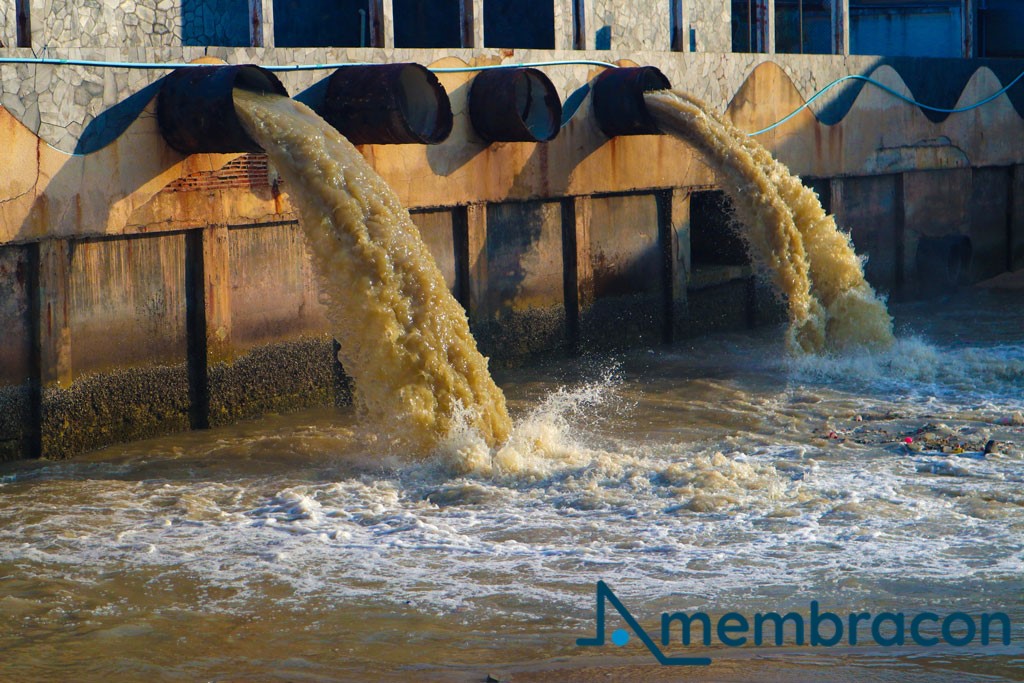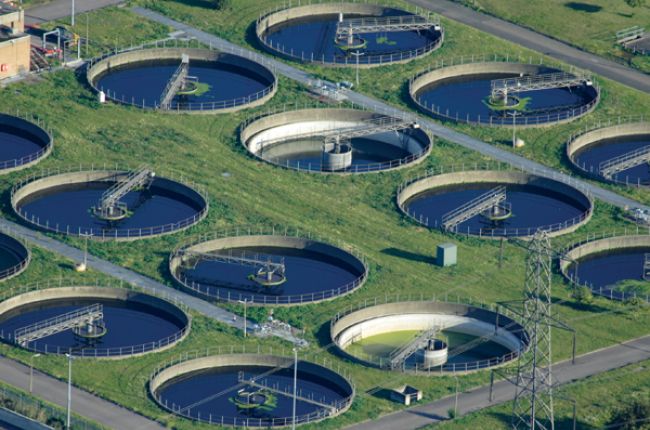Comprehensive Guide to Hazardous Waste Water Treatment Processes
Comprehensive Guide to Hazardous Waste Water Treatment Processes
Blog Article
Strategic Approaches to Enhance Waste Water Treatment Effectiveness and Minimize Environmental Influence
In the realm of drainage therapy, the pursuit for enhanced efficiency and decreased ecological influence is a continuous challenge that demands tactical options. As culture faces the crucial to take care of water sources sustainably, a nuanced approach becomes crucial. The integration of sophisticated treatment innovations, energy-efficient procedures, source recuperation strategies, enhanced nutrient elimination methods, and smart tracking and control systems stands for a complex structure for dealing with these pushing worries. What exists at the core of this complex web of approaches is the prospective to transform the way we approach waste water treatment, not simply as a procedure of disposal, however as a useful opportunity for innovation and environmental stewardship.
Advanced Treatment Technologies
Sophisticated membrane purification systems have actually reinvented advanced wastewater treatment procedures, significantly enhancing the elimination of pollutants. This technology has proven to be highly reliable in removing a wide array of contaminants, including drugs, heavy steels, and organic compounds, which are usually testing to eliminate via conventional treatment approaches.
In addition, membrane purification systems use various advantages over traditional therapy methods. They require less area, produce higher-quality effluent, and are much more immune to fluctuations in influent water high quality. In addition, these systems are highly functional and can be quickly incorporated right into existing treatment plants or used as standalone units for decentralized applications. As the demand for clean water remains to rise, the adoption of innovative membrane filtering modern technologies is important to make certain effective and lasting wastewater treatment methods.
Energy-Efficient Processes
The integration of energy-efficient procedures in wastewater treatment systems is crucial for enhancing source utilization and decreasing functional prices. One crucial method to boosting energy effectiveness in wastewater therapy is the application of sophisticated aeration systems, such as great bubble diffusers or surface area aerators, which can improve oxygen transfer efficiency and reduce energy intake.
In addition, enhancing procedure control and automation through using innovative sensing units and checking systems can improve overall energy efficiency by adjusting operations in real-time based upon actual demand and problems. Carrying out power audits and routinely keeping track of energy performance signs are important practices to recognize locations for renovation and track energy-saving initiatives efficiently. In general, the fostering of energy-efficient procedures in wastewater treatment not just benefits the atmosphere however also contributes to lasting price financial savings and functional sustainability.
Resource Recovery Methods
With a focus on enhancing resource utilization and sustainability in wastewater therapy systems, the application of resource recovery methods arises as a crucial aspect in improving functional effectiveness. Resource recovery techniques in wastewater therapy include the recognition and extraction of valuable resources from the waste stream, therefore turning what was as soon as considered waste right into a valuable asset. By executing resource recovery techniques such as nutrient removal and recovery, energy generation from organic issue, and the production of multiple-use water, wastewater treatment plants can minimize environmental impact while maximizing performance.

Improved Nutrient Removal Methods
Applying advanced nutrient elimination methods is vital for optimizing the efficiency of wastewater therapy systems. Improved nutrient removal plays an essential role in decreasing the ecological effect of treated effluent discharged right into water bodies. One of the essential techniques used for enhanced nutrient elimination is the process of organic nutrient removal (BNR), which entails the removal of nitrogen and phosphorus via biological processes. This can be accomplished through the usage of specialized bacteria that can transform nitrogen compounds right into inert nitrogen gas with denitrification, and gather phosphorus within their cells with a procedure called improved organic phosphorus removal (EBPR)

Along with BNR, progressed therapy methods such as membrane layer bioreactors (MBRs) and created wetlands can additionally be utilized to boost nutrient removal efficiency. MBRs use membrane layers to accomplish top notch effluent requirements by effectively getting rid of nutrients and suspended solids. Created wetlands simulate natural wetland procedures to eliminate nutrients with plant uptake, microbial activity, and sedimentation. By integrating these advanced nutrient removal strategies into wastewater therapy districts, markets and systems can effectively minimize nutrient air pollution and secure the setting.
Smart Surveillance and Control Systems
Making use of sophisticated modern technology, the assimilation of wise tracking and control systems changes the operational efficiency of wastewater treatment centers. These systems integrate advanced sensing units and data analytics to continuously check essential parameters such as pH degrees, turbidity, dissolved oxygen, and circulation rates in real-time. By collecting and assessing this information, operators can gain beneficial insights into the performance of the treatment processes, making it possible for proactive changes to enhance therapy effectiveness.
Smart tracking and control systems also sustain remote tracking capabilities, enabling operators to gain access to real-time data and control functions from off-site locations. This remote accessibility boosts operational versatility and responsiveness, allowing quick interventions in instance of system malfunctions or variations in influent Check Out Your URL quality. Moreover, the predictive upkeep abilities of these systems help avoid tools failings and reduce downtime, eventually enhancing the general integrity of wastewater therapy procedures (Waste Water Treatment).
Conclusion
Finally, critical approaches such as sophisticated treatment modern technologies, energy-efficient processes, source healing strategies, boosted nutrient removal techniques, and clever tracking and control systems play a vital function in boosting wastewater therapy performance and lessening ecological impact. By carrying out these strategies, wastewater treatment plants can boost their overall performance, decrease energy consumption, recover valuable sources, and make certain conformity with ecological guidelines. These techniques are crucial for effective and sustainable wastewater management practices.

In verdict, calculated approaches such as sophisticated therapy technologies, energy-efficient procedures, resource healing strategies, improved nutrient removal methods, and clever tracking and control systems play an important role in improving wastewater treatment efficiency and minimizing environmental impact.
Report this page